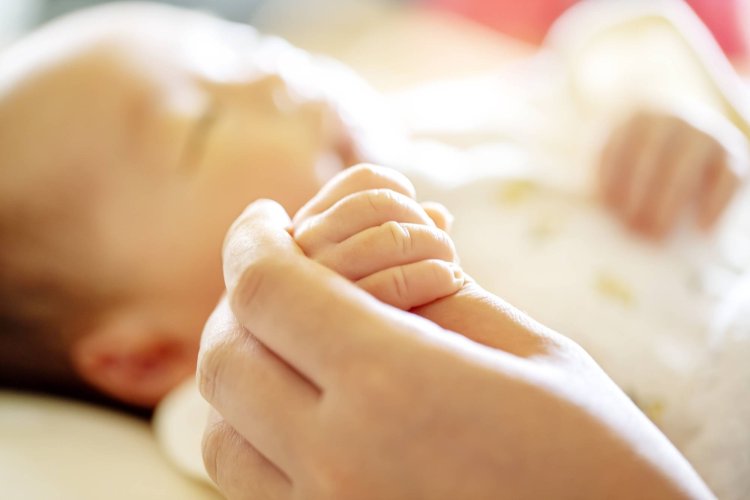Japan’s Birthrate Hits Record Low in First Half of 2025 Amid Worsening Demographic Crisis

Japan’s Birthrate Hits Record Low in First Half of 2025 Amid Deepening Population Crisis
Japan’s demographic decline continues to worsen as the country recorded the lowest number of births in the first half of 2025, with only 339,280 babies born between January and June. This represents a 3.1% decrease compared to the same period in 2024, according to data released by the Japanese government on August 29. The figures underscore a growing crisis in a nation already grappling with the world’s most severe aging population and a steadily shrinking workforce.
This latest drop follows a historic low in 2024, when total annual births fell below 700,000 for the first time, landing at 686,061. Deaths during the first half of 2025, meanwhile, reached 836,818, resulting in a staggering natural population decline of nearly 500,000 people within just six months. The gap between births and deaths has now widened to unprecedented levels, raising alarm among policymakers and social scientists.
Contributing to the low birthrate is the decline in marriages, which fell by 4% to 238,561. Divorces also declined slightly by 4.1%, to 93,755. In Japan, childbirth outside of marriage remains uncommon, meaning marriage trends have a direct impact on fertility rates. Experts attribute these patterns to a range of social and economic factors, including long working hours, financial insecurity among younger generations, high child-rearing costs, and shifting cultural norms that prioritize individual lifestyles over traditional family structures.
Despite years of government interventions including financial incentives for families, extended parental leave policies, and support for fertility treatments the birthrate shows little sign of recovery. Analysts warn that Japan may be entering a phase of irreversible demographic contraction, one that could deeply affect its economy, healthcare systems, and rural communities. With more than 29% of Japan’s population aged 65 or older, the country faces mounting pressure to adapt its social infrastructure and immigration policies to offset the impact.
The government has pledged renewed focus on the issue, but the numbers paint a bleak picture. Without significant societal change, Japan’s future could be shaped by shrinking towns, labor shortages, and an increasingly top-heavy population pyramid. The urgency to address this challenge is greater than ever, as each passing year brings new lows in one of the most crucial indicators of national sustainability the birthrate.























